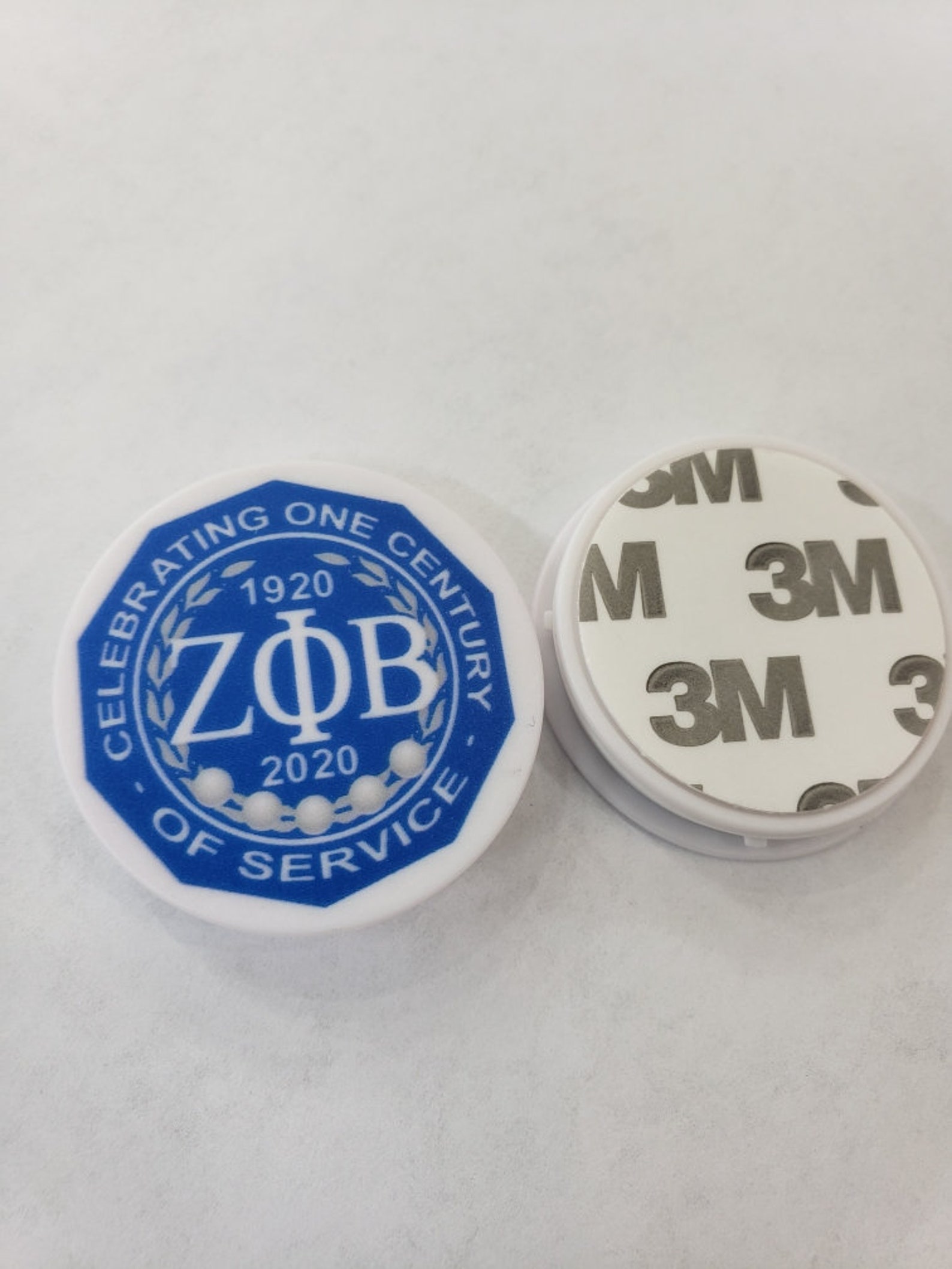
Updating, reviewing and testing our Disaster Recovery plan. Running through how Help Scout aligns with all the current compliance regulations to which we adhere, and reviewing anything upcoming or changes to these regulations We take every possible measure to comply with HIPAA regulations, which means we:Ĭonduct annual risk assessments that include Help Scout’s HIPAA compliance consists of expunging PHI from email notifications. For many smaller health tech companies or medical practices, that can be a compelling solution. Organizations can, however, use Help Scout’s fully featured API to build a portal on top of ours, when deemed necessary.


For that reason, no email help desk can ever truly declare itself HIPAA-compliant, because email is inherently insecure. Since it’s not one of those systems that requires a password, for example, to open attachments, there’s no guarantee that sensitive ePHI will be 100% secure and private - email can always be intercepted. Help Scout uses email protocol to send messages - that’s why emails that come through Help Scout look like a regular email, versus something the recipient has to sign in through a secure portal.

Health Insurance Portability and Accountability Act and is able to process, maintain, and store protected health information for any entities restricted by these regulations. Help Scout maintains ongoing compliance with the U.S. The HIPAA privacy regulations require health care providers and organizations, as well as their business associates, to follow procedures that ensure the confidentiality and security of PHI when it is transferred, received, handled, or shared. ( Electronic Protected Health Information is often abbreviated ePHI.) Health Insurance Portability and Accountability Act of 1996, which, among other rights and protections, requires the confidential handling of PHI, or Protected Health Information. We know it’s not easy, so we try to make things as simple and clear as we can. When you’re handling sensitive data like Protected Health Information (PHI), you need to ensure the tools you use adhere to the same high privacy and security standards you do.įor organizations that require HIPAA-compliant customer messaging, there’s an additional layer of complexity when it comes to evaluating tools. However, covered entities must take care to ensure that any such disclosures are made in accordance with the Privacy Rule and do not violate the patient’s rights.HIPAA compliance may not be a thrilling subject for everyone - but for our customers who need it? They really need it. There are circumstances in which covered entities may disclose PHI without patient consent. It’s important to note that the HIPAA Privacy Rule is not absolute. Additionally, covered entities may disclose PHI without patient consent in certain situations, such as when required by law or when necessary to prevent a serious threat to the patient’s health or safety. For example, if a patient specifically requests that his or her information be shared with a specific individual or organization, the covered entity may do so.
.jpg)
There are a few exceptions to the general rule that PHI must be kept confidential. The HIPAA Privacy Rule requires covered entities to take reasonable steps to protect the confidentiality of PHI. The PHI can include, but isn’t limited to, a patient’s medical records, health history, and any other information that could potentially identify the patient. This information is considered confidential and must be safeguarded in order to protect the privacy of patients. The PHI in HIPPA stands for Protected Health Information.


 0 kommentar(er)
0 kommentar(er)
